How do you see your Self ? Depending on your perceptive and cognitive tendencies, your world may be informed variously by one of these narratives (for the auditory brain) and/or images (for the visual brain). Some folks even have kinesthetic models. Because I am primarily visual, below I have sketched a few images which I think are the main common understandings of Self. I think that understanding our model of Self can be very helpful in discussing religion. [Note: For you supernatural folks, an upcoming post will include mind-models that include the Divine.]
One Self

Probably the most common image of Self. The Homunculus — a little you inside of you. A vision of a continuous, fairly consistent Self. The person sees themselves as ONE person, living inside their own head. The see themselves as owning beliefs and ideas.
Brain Self

This image of Self emphasizes materialism and offers no frills. You are your brain. There are many complex implications for this model, but this is the image. But like the ONE Self image, this model also has the feel of a singular Self. This has the feeling of ONE brain — not a divided one. It still sees Self as unitary.
Modular Selves

The mind has a multitude of impersonal, unconscious modules. Some are complex, some are simple. They each have different functions. Their complex interactions creates consciousness and the illusion of self. This is a version of the computational theory of mind. Some hold this model while still feeling like they have ONE Self inside — illustrated by the one computer which has created an image of self similar to the ONE Self model.
Many Selves

My “Many Selves” model is based on the Modular Selves model but where each of the figures represents a temporary fluxing alignment of the modules which are triggered by the environment and habits of attention. These Selves are in people shape to illustrate that they are connected to emotions, sensations and physical habits. That is, they are not mere calculators independent of a body — they have a feel to them.
In this model, there is no singular consistent unchanging Self. The multiple players sometimes work independently, sometimes together. Sub-groups of these Selves separate off to form different behavior patterns. This notion of Many Selves is so contrary to the notion of ONE Self that it might as well be saying that there is NO (ONE) Self.
Question to readers: Which image is closest to the one you use? If your model is different from those listed, how would you draw it? Please remember, for communication purposes, try to keep the image relatively simple with a brief explanation.
_________________
My Related Posts:
- My Cognitive Narratives: Index post of “Self” related posts


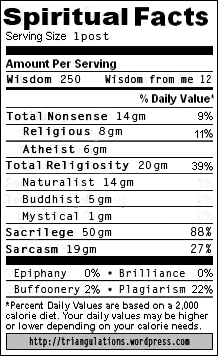



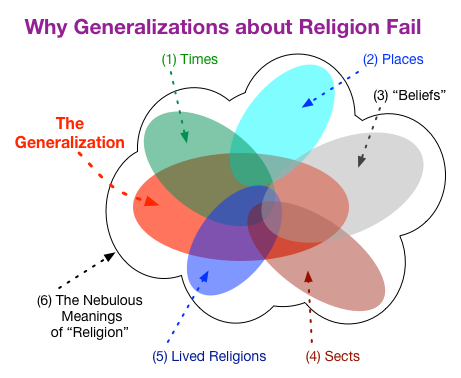


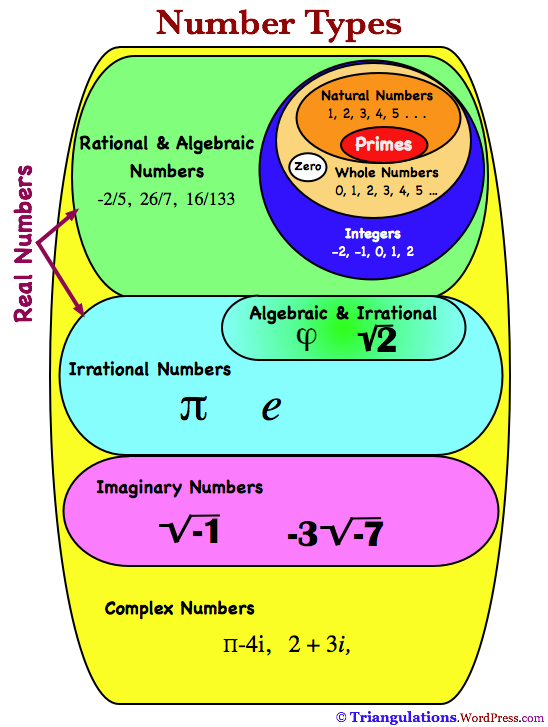
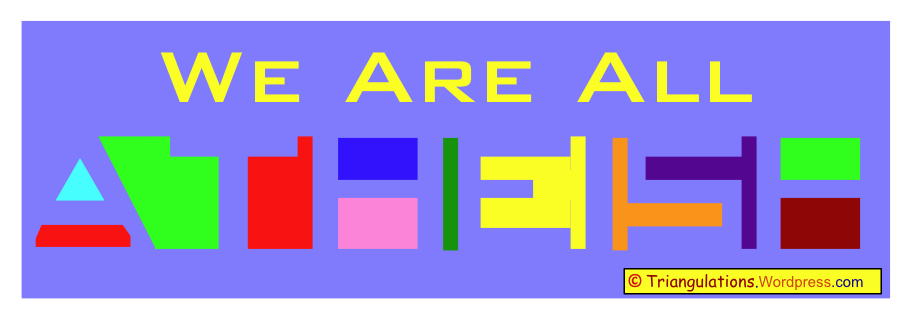

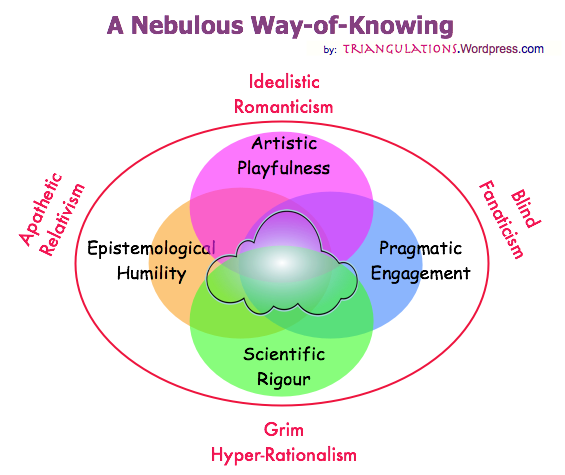






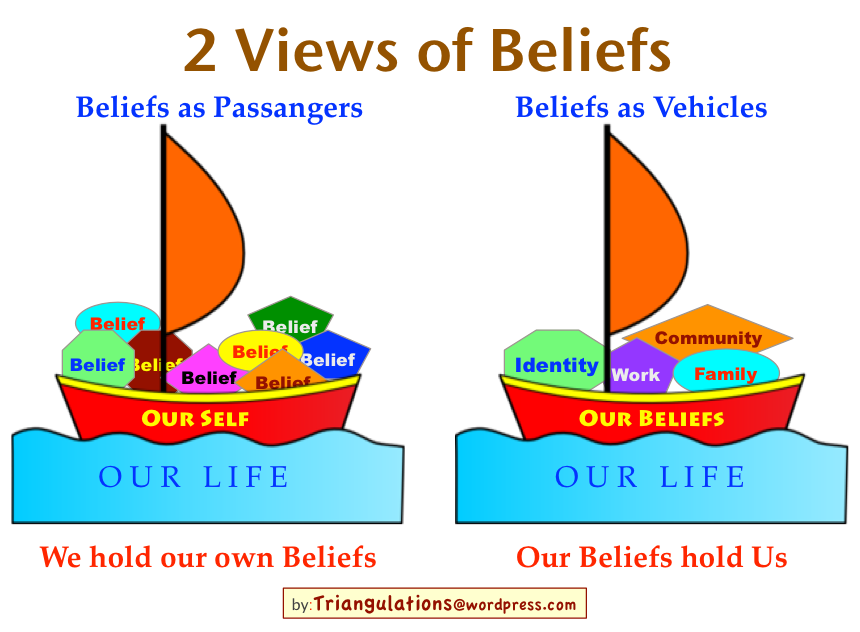







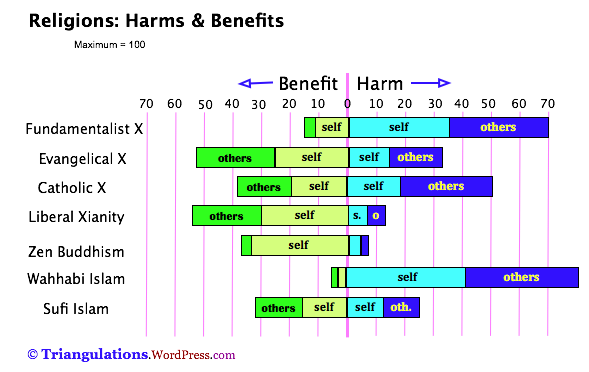



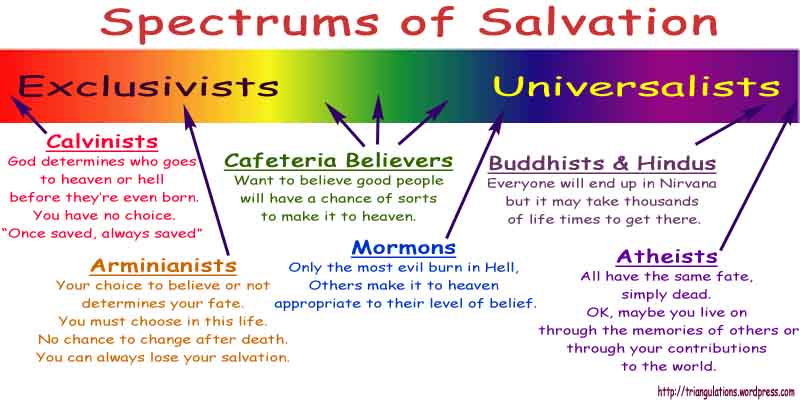




Mine is a model in which the self can extend beyond the brain, and even the body, though not in any mystical way. This means, incidentally, that the self grows and shrinks depending on context. This is possibly closest to the many selves model above, although it’s in principle compatible with any of the other models you give—since the self might be at one time larger than the brain, and at another might shrink to be smaller than it.
I stress again that this is not meant to be mystical in any way. I seem to recall Dennett (in Consciousness explained</i.) giving the example, for example, of a driver whose self expands to include the car; in other circumstances, the same individual's self would not extend beyond the body, or might extent less far (only, for example, to include clothing), and might also shrink to be smaller than the body, or even the brain.
In this interpretation, "self" is just the name we give to whatever falls within an imagined boundary that we feel separates us from the rest of the universe (the definition's a bit circular, but you get the idea). And there are clear evolutionary accounts to be given of the very early origins of such a distinction and the usefulness of its being so variable in scope.
You might be interested in reading about embodied cognition in this context (if you haven’t already), which is somewhat relevant.
I suppose you might call this the Variable Self. It might (and probably does) derive from many unconscious modules, and I lean towards the Many Selves model as an account of what the self is composed of. But I don’t think we can restrict such elements to the brain; they might, in other words, even not be part of us in the normal sense, since things outside us can temporarily fall within the boundaries that divide us from everything else
I’ll have a think about how to draw this…
This model does not fit inside the head. There is only One Thing. For lack of better words, aspects of This arise and then return. There is neither seeing nor acknowledging of separate selves.
No, it certainly doesn’t fit inside the head (that’s kind of the point), but why should it?
I don’t follow your claim that “There is neither seeing nor acknowledging of separate selves.” Do you mean that this Variable Self doesn’t allow distinctions to be drawn between the modules of which it is composed? Or do you mean it doesn’t allow one to distinguish between one’s own self and other individuals in the world?
I can’t see how the second would follow at all, so I assume you mean the first.
My point is that we tend to have the illusion of one self (which, as I said, expands and contracts according to context), but that this is probably best understood in reality as made up of many elements, any of which may or may not be present at a given moment (though I guess some elements might be obligatory).
We might, I suppose, see the concept of a nation as analogous, although a nation is perhaps less variable in extent.
I can’t say it’s always been so, but certainly since my university days it felt like I had a multiple self thing going on – one personality for these people, one for those people, one for me when I was alone, etc. Or it’d break down on emotional lines, the cranky, the mean, the worried and the shy. Kind of like that Red Dwarf episode “Confidence and Paranoia” – except I wasn’t at a point where I was having conversations with my other selves; it just felt like they were in there.
This self thing was reflected a lot in the music I’d choose to listen to when I was around certain people, as well. I’d defer to whatever they liked, rather than play what I felt like playing (it lacked the capacity for “cool”). It’s a small thing, but I’m glad I’m over that now. People will just have to suffer through my cocktail lounge/crooner fetish…
@ garic… apologies. I did not see your comment when I made mine and was therefore not referencing yours when I wrote. I was just trying to express in words my experience of so-called self.
@ed: No worries—clearly my mistake!
@ garic:
Many times I have experience my body getting larger or smaller. Several times it expands to include landscape or animals. All this while awake. It sometime expands and contracts while breathing. This has happened with far less frequency as I have gotten older. But always a part of me knew this was altered perception and was fully aware of my actual size — well, sort of 🙂
So I think I understand your examples. But this is possible with the models I have above. And you are right, it would be tough to draw. Also, that perception of size is not the point of the drawing, nor is the boundaries.
@ Ed:
“this Model” <– which model? there were 4
I think, when drawing a model, we must distinguish between what we actually perceive, what we think explains our perceptions and what we ideally visualize. You are stating the classic mystic view of human consciousness being merely a wave on the ocean: arising and returning. I think this is an ideal view. In that view, you could still incorporate the above by choosing the model that best represent the wave that arises without looking at the ocean aspect.
Buddhist and Hinduism have orthodox ways to talk about Self, as with Christianity, I am comfortable not being orthodox.
@ 1minionsopinion:
Yeah, I think most people have had the experience of multiple clusters of Selves. It just takes time to remind people how to look and see them. I loved your example of music choices. Thanx.
@ Sabio… OK, I get it now. I answered in terse, brief and short classical zen style having blabbed on and on in another post recently. For which I am still quite contrite. This effort to describe experience that I used tries to not reference “I”, “me” or any written pointing to a separate self. Being released from this form, I would then say I have a bit of each of the four types you presented at different times to the exclusion of the others at that time. OUCH!!! My brand new “writer’s bark collar” just gave me a warning shock… OUCH…. damn…
@ Eddy:
Good doggy! Indeed. I see all of these as being perceptions we can have of self. Thank you for stripping the Zen orthodoxy and being real for a second.
btw, Ed, as my post states, I plan to draw various models with the Divine included. I had planned to include the Mystic Wave Paradise model also.
@sabio: I’m not sure you quite understand what I’m getting at. I’m not referring to the perception of a change in physical size, but rather to a change in what seems to count as Me. The example of the car is key: I think one’s sense of self tends to expand to include whatever vehicle one’s driving, so that if you’re driving a car and the car scrape the wall, you’re likely to see it as you scraping the wall; your sense of self includes the car (I’m not sure, incidentally, that the same can be said for the passengers). But this, I think, isn’t the same as a sense that one’s body has expanded.
Anyway, that may be what you meant too, but I thought I should just clarify.
@ Garic :
Sorry, yeah, those are two different things in a sense. I have had both experiences, several times. When I feel my self blur with an object or another person (and I have had both), I also feel my body enlarge.
But the question is, are these cognitive illusions or are they glimpses of a deeper reality. Well, those metaphysical sketches I plan for later. The sketches above are those of possible everyday observations.
Does that make sense?
“It’s not who I am underneath, but what I do that defines me.” – Batman
Have you heard of Jeremy Rifkin?
There’s a series of interviews with TVO in which he explains his ideas on how history can be seen as a series of expansions of an individual’s central nervous system due to ’empathy neurons’. Or in a sense, the expansion of the self into the other.
In tribal life the central nervous system expands only to your group. In city life your central nervous system expands only until your long distance kicks in (with exceptions of course… but long distance plans in the ancient world were not really accessible). With the birth of nations came the central nervous system expansion to whoever stood under the same flag. And now, according to Rifkin, we feel what people all over the world feel (eg – relief to earthquake victims within hours of the disaster, or feeling empathy for animals caught on vids and posted on youtube).
So what I’m saying is any model of self relies an awful lot on how you interact with your environment and with the definitions you have for the other.
But at the same time, regardless of what’s going on in your head, your behaviour is doing an awful lot of the work in defining your self in the eyes of others, and hence for you as well.
Just ask Batman 🙂
@ Andrew
As others and you are alluding. Sense of Self is affected greatly by others. But Sense of Self is affected by nutrition, health and weather too.
So no matter how that sense of self is perceived, I guess I am asking how we perceive it.
Hmmmmm, not sure that makes sense.
— Sabio
And then to complicate the mix even more there is the Witness. No matter what you identify as your Self, the Witness has already stepped back to observe that idea of self.
Zzzzt… Zzzzzt… Ouch! Sabio, enough!
As I said, Ed, I will try to draw sketches of metaphysical proposals of the place of the Self later. Meanwhile …